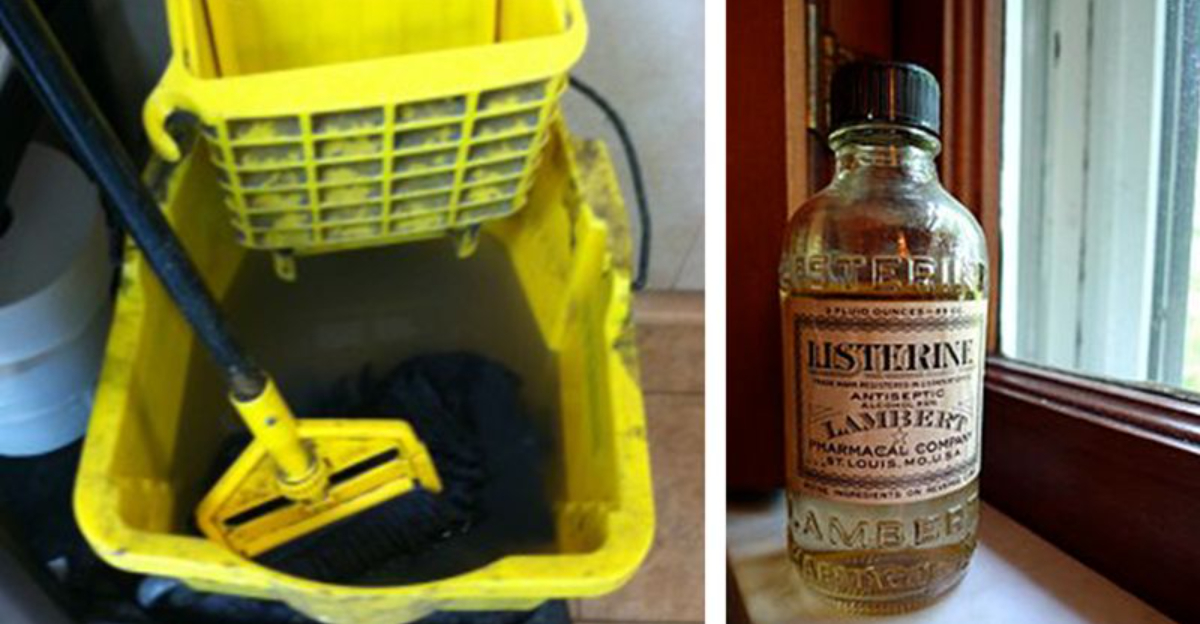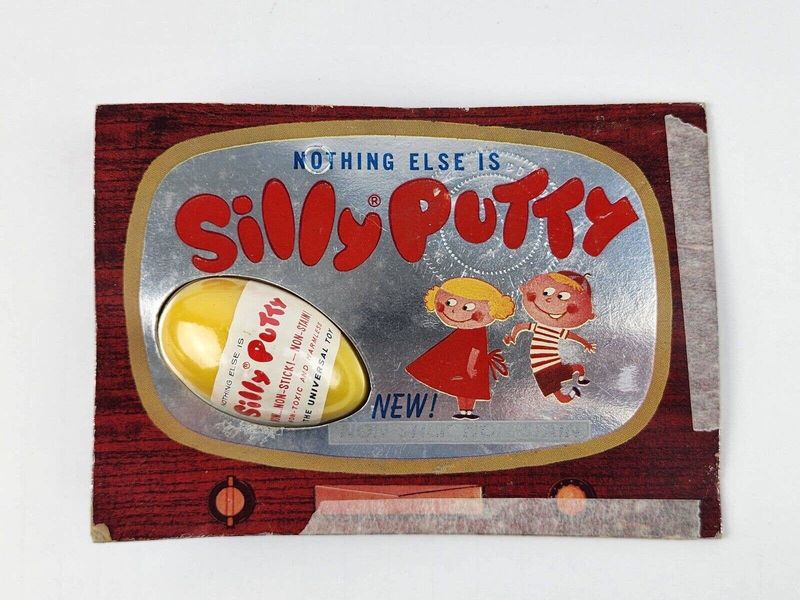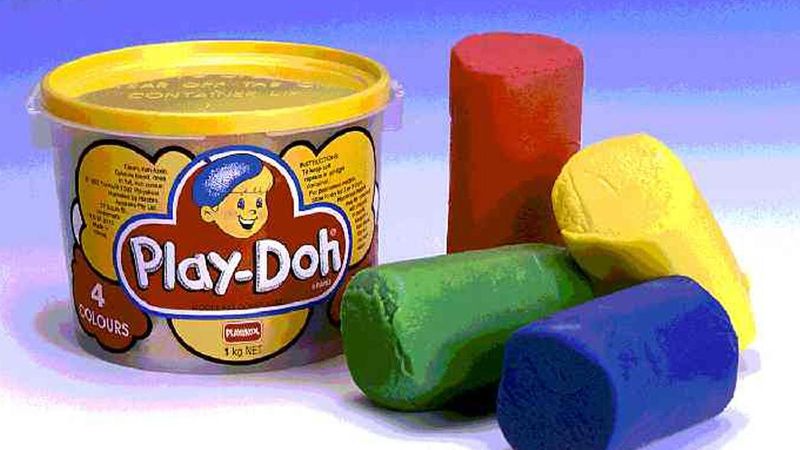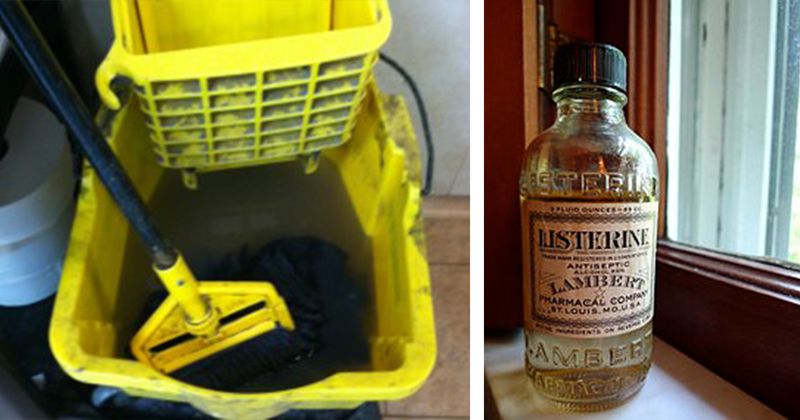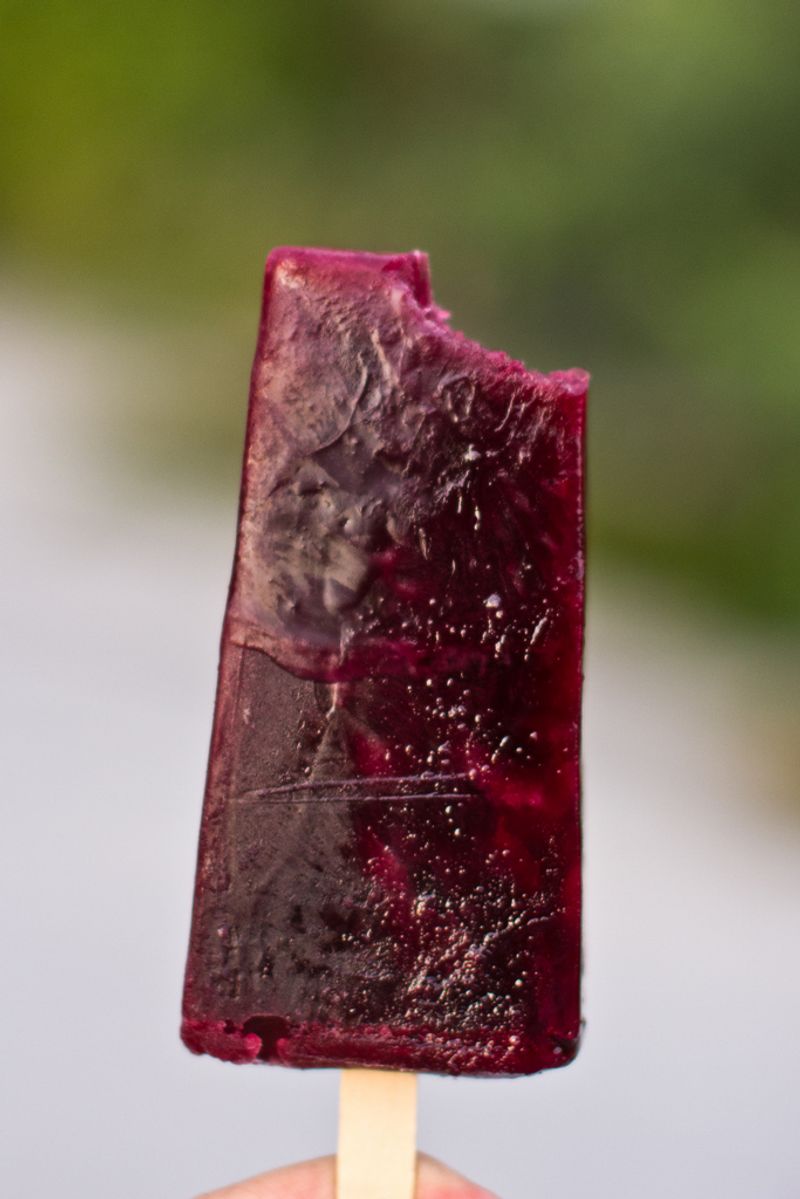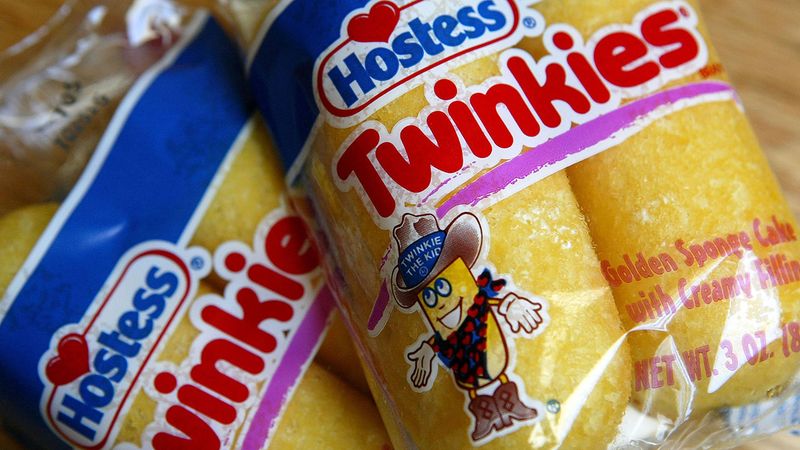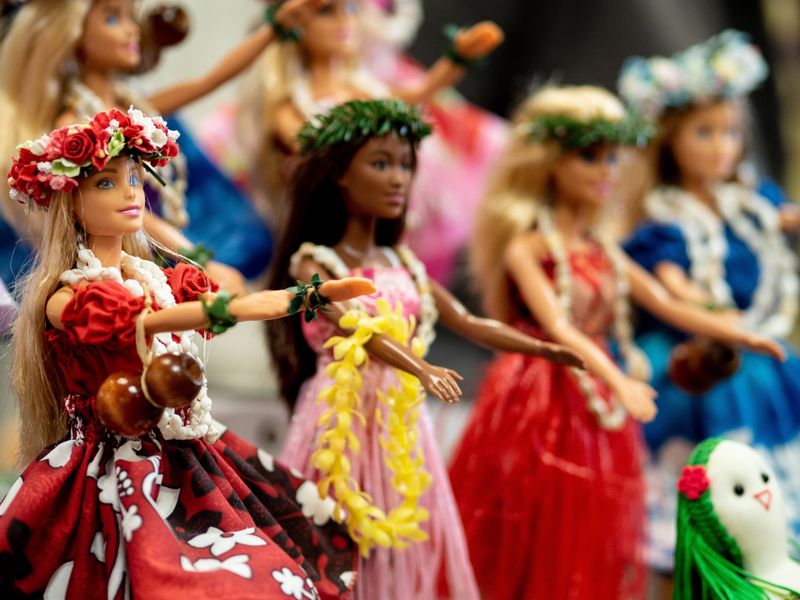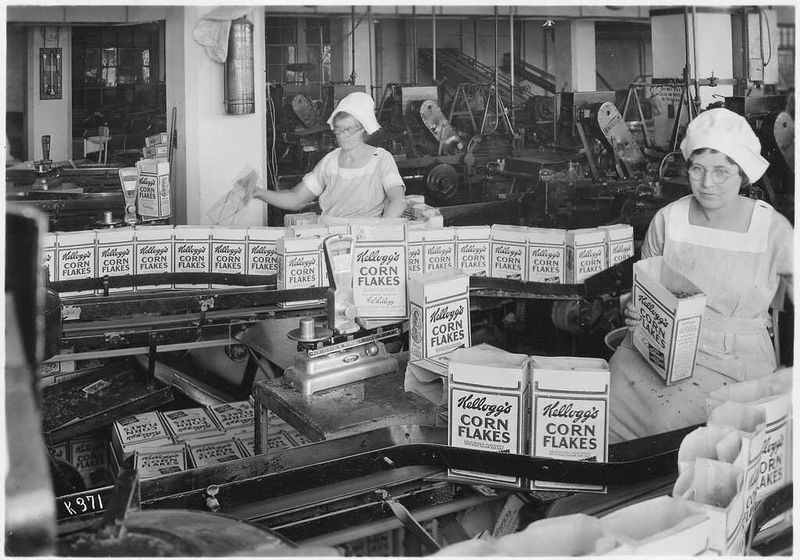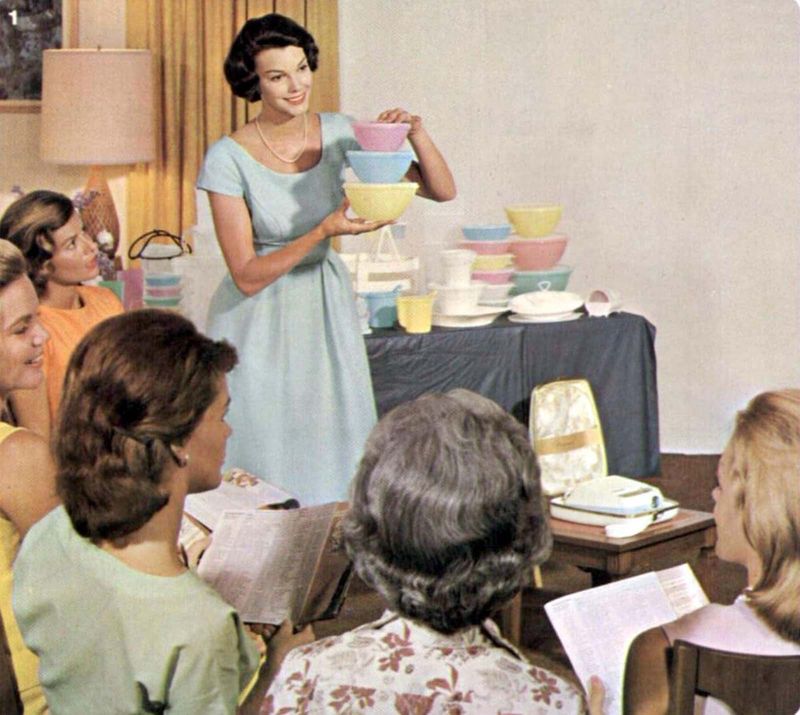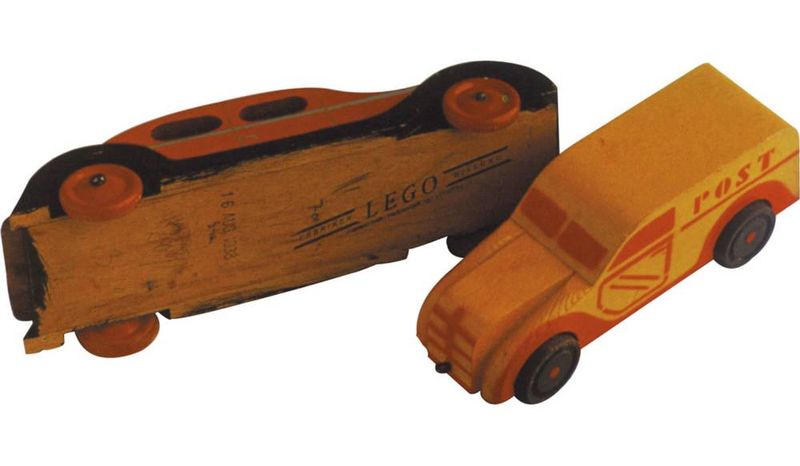Explore the fascinating stories behind 15 unique American products that have surprising origins. From accidental discoveries to creative innovations, each product has a tale that defies expectations and reveals the ingenuity behind everyday items.
1. Silly Putty – A Failed WWII Rubber Experiment
In the 1940s, General Electric engineer James Wright was on a mission to create a synthetic rubber substitute during World War II. Instead, he stumbled upon a stretchy, bouncy substance that seemed utterly useless. While it didn’t save the war effort, Silly Putty found its way into a toy store owner’s hands in 1950. The owner saw potential and marketed it as a novelty toy. It quickly became a household favorite, captivating imaginations with its unique ability to transfer comic images and its satisfying, pliable texture.
2. Play-Doh – Started as Wallpaper Cleaner
Before it was a childhood staple, Play-Doh was a practical product designed to clean wallpaper in the soot-filled homes of the 1930s. The putty-like compound effectively removed grime but faced obsolescence with the decline of coal heating. Seeking new opportunities, the company reimagined it as a children’s modeling clay. This transformation led to its bright, colorful relaunch, sparking creativity in children worldwide and securing its place in playrooms everywhere.
3. Listerine – Used to Treat Gonorrhea & Floor Cleaner
Listerine’s journey to becoming a mouthwash is a testament to its versatile formula. Initially developed in the 19th century as a surgical antiseptic, it was also marketed for treating gonorrhea and as a floor cleaner. Its makers eventually recognized its potential to combat “chronic halitosis,” introducing it as a solution for bad breath. This rebranding transformed Listerine into a household staple, renowned for its strong, refreshing taste and ability to keep mouths healthy.
4. Popsicles – Invented by an 11-Year-Old
Popsicles owe their existence to young Frank Epperson, who, at just 11 years old in 1905, accidentally invented the treat. Leaving a mixture of powdered soda and water with a stirring stick outside overnight, he found it frozen by morning. Recognizing its potential, Frank later patented the “Epsicle,” which his children affectionately renamed “Popsicle.” Today, Popsicles continue to delight taste buds with their icy, sweet refreshment.
5. Kool-Aid – Born From a Failed Jelly Powder
The story of Kool-Aid begins with Edwin Perkins, who initially created a liquid concentrate drink named “Fruit Smack” in the 1920s. However, high shipping costs hindered its success. Determined to overcome this obstacle, Perkins developed a powdered version, which he named Kool-Aid. This innovation made the drink easy to package and transport, paving the way for its iconic status as an affordable, flavorful beverage enjoyed by families across America.
6. WD-40 – Named After Its 40th Formula Attempt
WD-40’s name is a nod to the perseverance of its creators. The abbreviation stands for “Water Displacement, 40th Formula,” reflecting their dedication to finding the right mix. Created in the 1950s to protect missile parts from rust, the formula’s effectiveness was undeniable. Its transition from industrial use to household staple showcases its unmatched versatility, as it quickly became known for its ability to lubricate, clean, and protect various items.
7. Slurpees – Created by a Broken Icee Machine
The iconic Slurpee was born out of a fortunate mishap. In the 1950s, a Dairy Queen owner discovered that a malfunctioning Icee machine produced a uniquely slushy beverage. Embracing this serendipity, he capitalized on the idea, leading to the creation of the beloved Slurpee. This fortuitous event turned a mechanical error into a refreshing sensation, capturing the hearts of those seeking a cool, frosty drink.
8. Post-It Notes – A Failed Glue Led to a Sticky Hit
Post-It Notes originated from a seemingly failed experiment. In 1968, a 3M scientist accidentally created a weak adhesive that was initially deemed useless. However, another colleague realized its potential for temporary bookmarks. This discovery led to the invention of Post-It Notes, which became an indispensable tool for organization and creativity, transforming desks and workplaces with their signature stickiness and vibrant colors.
9. Dr Pepper – Marketed as a “Brain Tonic”
Dr Pepper’s origins date back to 1885, when a pharmacist concocted a unique soda. Marketed as a “brain tonic,” the beverage was believed to aid digestion and provide an energy boost. Its secret 23-flavor recipe set it apart, making it a beloved choice among consumers. Dr Pepper’s bold and distinctive taste continues to delight, proving that its intriguing beginnings were just the start of its lasting legacy.
10. Twinkies – Originally Banana-Flavored (Until WWII)
Twinkies debuted in 1930, originally boasting a banana cream filling. However, World War II brought banana shortages, forcing Hostess to pivot to vanilla filling. This change proved fortuitous, as the new flavor resonated with consumers and became the iconic filling we know today. Twinkies’ adaptability and enduring appeal solidified their status as a comfort food, beloved by generations.
11. Barbie – Inspired by a German Adult Novelty Doll
Barbie’s creation was inspired by an unlikely muse. Mattel co-founder Ruth Handler discovered the “Bild Lilli,” a German adult novelty doll, during a trip in the 1950s. She envisioned a similar toy for children, leading to the birth of Barbie in 1959. Barbie’s introduction revolutionized the toy industry, offering young girls a doll with style, independence, and a world of possibilities.
12. Corn Flakes – Invented to Stop Masturbation
Corn Flakes were born from an unconventional belief. Dr. John Harvey Kellogg, a health reformer, believed that bland foods could suppress immoral desires. He developed corn flakes as part of his dietary regimen for patients. However, his brother saw a different potential, adding sugar and marketing them as a breakfast cereal. This new approach turned Corn Flakes into a breakfast staple, far removed from their original intent.
13. Tupperware – Sold Through “Tupperware Parties” Because Stores Refused It
Tupperware’s rise to fame was unconventional. Initially, stores were skeptical of plastic food storage containers, doubting their necessity. To overcome this, Tupperware relied on home sales parties in the 1950s. These gatherings showcased the product’s versatility, creating a sense of community and generating enthusiasm. Tupperware parties became a cultural phenomenon, demonstrating the power of direct sales and social networking.
14. Vaseline – A Oil Rig Worker’s Skin Remedy
The origins of Vaseline trace back to the 19th century, where an oil rig worker discovered a waxy byproduct with remarkable healing properties. Robert Chesebrough, intrigued by its potential, refined it into “petroleum jelly” and marketed it as Vaseline. This versatile product gained popularity for its ability to soothe cuts, burns, and dry skin, becoming a trusted staple in households worldwide.
15. Lego – Started as Wooden Toys Before Plastic Bricks
Lego’s journey began in 1932 with wooden toys crafted in a small Danish workshop. A devastating factory fire in the 1940s prompted the company to explore plastic alternatives. By 1958, the iconic Lego brick emerged, sparking creativity and imagination globally. Lego’s evolution from humble beginnings to a beloved construction toy exemplifies the innovative spirit that continues to inspire builders of all ages.
